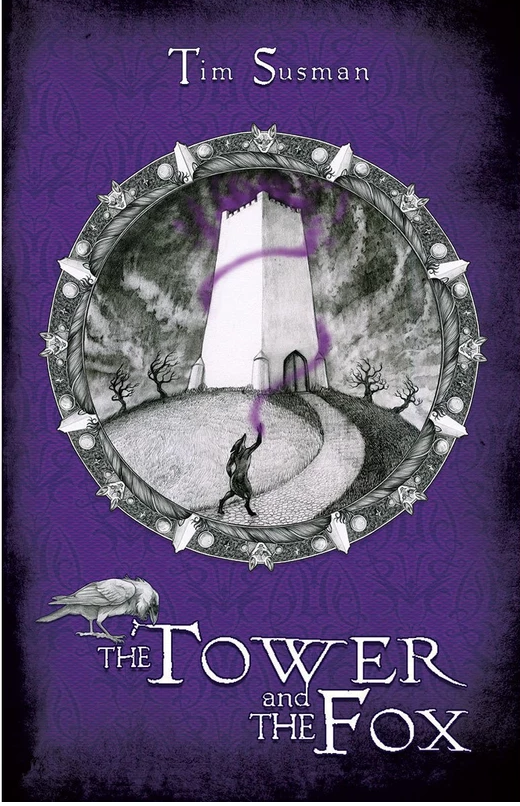Review by Joel Kreissman
Imagine a world where the American Revolution failed. Now, can you also imagine that in this world the British Empire employed sorcerers, and that these sorcerers created races of human-animal hybrids known as “Calatians?" You now have the basic premise of Tim Susman’s novel The Tower and the Fox.
The book opens with an excerpt written by this universe’s version of John Adams concerning the Empire’s poor treatment of its Calatian “children,” and then we the readers are shown an example of such treatment as our protagonist attempts to enter a college of sorcerers. Kip Penfold, a fox Calatian, displays a strong talent for magic, but his kind are generally not allowed to learn sorcery. However, when the Prince George College of Sorcery suffers an attack that wipes out the entire apprentice population, Kip receives the opportunity to enroll alongside a dozen other new students. He quickly bonds with a group of other “unusual” students including his old friend Coppy, an otter, Emily, the first woman to attend the college, and Malcolm, who’s Irish. Together, they attempt to study magic and prove themselves worthy apprentices despite strict (at best) teachers, a host of magical accidents, and Farley, a bigoted student whose bullying often turns deadly.
Those familiar with Tim Susman’s work under the name Kyell Gold and who may be expecting another novel along those lines may be disappointed. I am sorry to say that The Tower and the Fox is utterly lacking in a romantic subplot.
Susman is an experienced author, and it shows in his characters. While they might appear two- or even one-dimensional at first, as you get to know them further, they reveal hidden depths. For instance, one character at first seems to be just a rich kid with no talent for magic, but it later turns out that he has some rather plot-significant influence “behind the scenes” as it were. However, some might think that he exaggerates the racism and sexism of the period to drive the story forward. I’m unsure if arranged marriages were prevalent in the real Colonial-era America, but, in this version, they do seem common among both Calatians (as they must marry within their species, and their populations are sparse) and middle-class humans. Still, the action is paced so that you’ll have trouble setting the book down for fear of missing what happens next.
